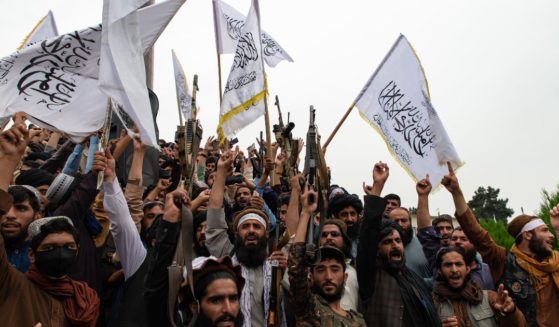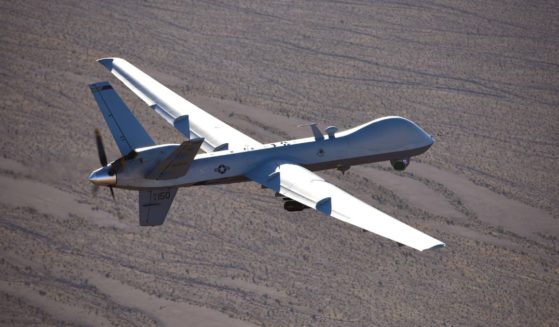Biden Admin's Supply Chain Issues Weaken Navy: Nearly 40% of US Nuclear Subs Out of Commission for Repairs
A new report shows that more than a third of America’s nuclear-powered attack submarines are idle.
According to a Congressional Research Service report released July 6, 18 of the 49 submarines — or 37 percent — are being repaired or waiting for repairs. The report said that is far above the Navy’s goal of 20 percent.
During the first year of the Biden administration, the figure was also at 37 percent before dipping to 33 percent in fiscal year 2022 and then rising again this year.
The last time the Navy reached its goal of 80 percent of SSNs being ready for combat was 2015, when 19 percent were idle.
The number of combat-ready SSNs has been on a downward trend since then, “reducing the SSN force’s capacity for meeting day-to-day mission demands and potentially putting increased operational pressure on SSNs that are operationally ready,” the report noted.
The report said the increase in the number of idle submarines is “due primarily to insufficient numbers of workers and facility constraints at the four government-operated Naval Shipyards.”
“Supply chain issues affecting the availability of repair parts for SSNs are an additional issue,” the report added, noting that the Navy said it is “working with shipbuilders and investing in the submarine industrial base to address challenges, such as supply chain issues and workforce skills gaps, and to improve production capacity through strategic outsourcing.”
In its coverage of the report, Bloomberg wrote that the situation “leaves the US at a critical disadvantage against China’s numerically superior fleet.”
In a statement, the Naval Sea Systems Command blamed “planning, material availability, and shipyard execution” and said it has responded to these “primary maintenance delay” drivers.
The numbers “are not surprising considering how the shipyards have been struggling to support the fleet with old facilities and inefficient layouts,” Government Accounting Office spokesman Chuck Young said.
GAO has noted that from 2008 to 2018, the Navy lost the equivalent of 28 years of workdays “as a result of delays in getting into and out of the shipyards.”
In May, Newport News Shipbuilding president Jennifer Boykin said the current problem dates back to the pandemic, according to USNI News.
“COVID had an impact because we had such a large percent of the workforce that wasn’t here during the six months in 2020. Many of our suppliers, if not most, were struggling with some of the same issues. Many of our suppliers got off track because they didn’t have [the] workforce,” she said.
“Post-COVID, not as many people came back,” she said, adding, “Most of our suppliers are really working, doing what they can to increase their workforce pipeline.”
Boykin also said that more funding would help start the process of providing parts well in advance.
“The suppliers clearly could have and would have started a year or more ago if the funding had been there,” she said.
“The worst thing we can do as an enterprise is starve the beginning. That’s part of what we’re really working with the Navy on to get advanced funding to those suppliers who are already struggling with workforce,” she said.
Truth and Accuracy
We are committed to truth and accuracy in all of our journalism. Read our editorial standards.












